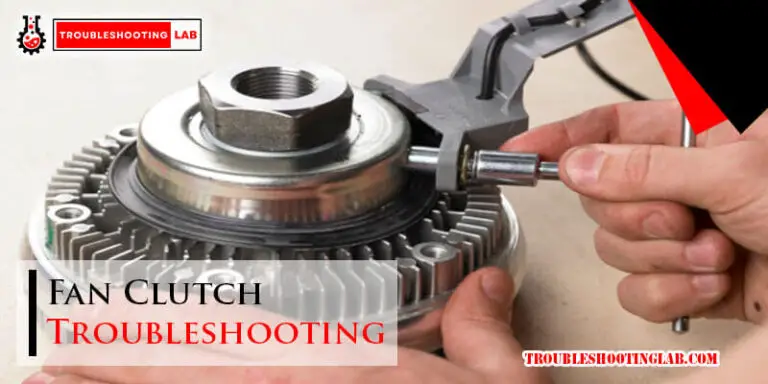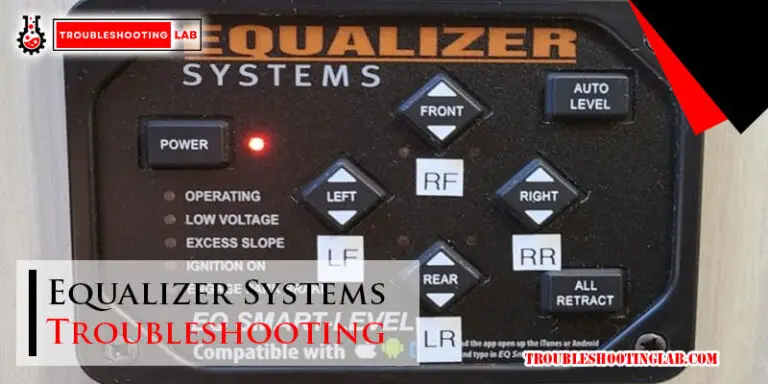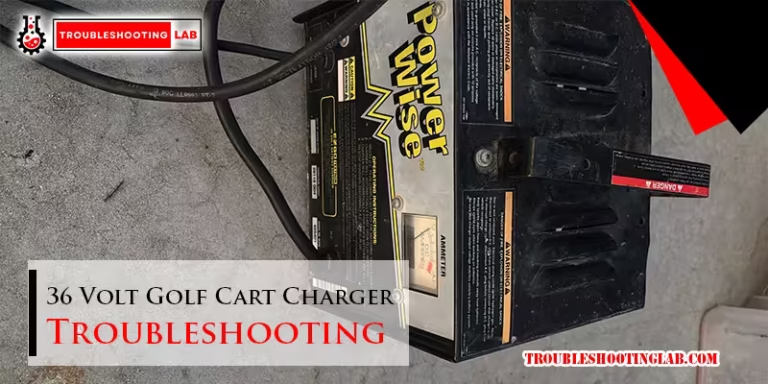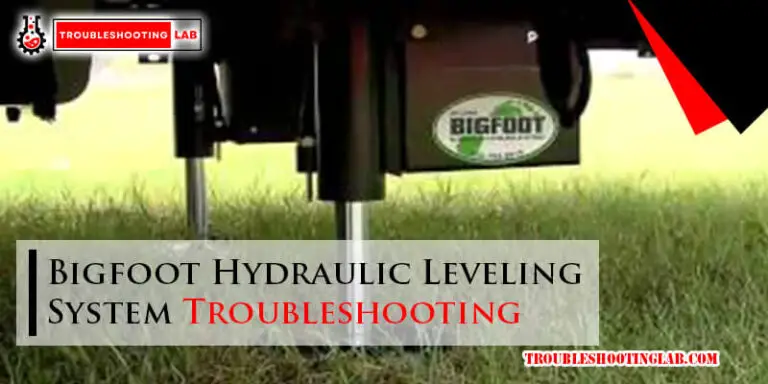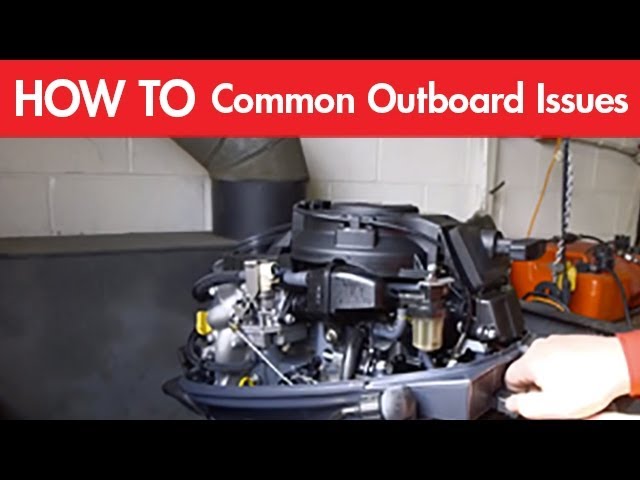Harley Davidson Clutch Troubleshooting: Expert Tips and Solutions
Experiencing clutch issues with your Harley Davidson? You’re not alone.
Clutch problems can be frustrating and impact your ride. Harley Davidson motorcycles are known for their reliability and performance. Yet, like any machine, they can face mechanical issues. One common problem riders encounter is clutch trouble. Whether you’re dealing with slipping, sticking, or a hard pull, understanding the root cause is essential.
This guide will help you troubleshoot and resolve common clutch problems. We’ll cover the basics, give practical tips, and ensure your Harley is back in top shape. Let’s get your ride smooth and trouble-free again.
Common Clutch Issues
Harley Davidson motorcycles are known for their power and performance. But like any machine, they can have issues. The clutch system is one area where problems can occur. Here, we will discuss common clutch issues and how to address them.
Slipping Clutch
A slipping clutch is a frequent problem. It can cause the engine to rev higher without an increase in speed. This often means the clutch plates are worn. Check the plates for wear and replace them if needed. Another cause could be low clutch fluid. Ensure the fluid is at the right level.
Incorrect clutch adjustment can also lead to slipping. Adjust the clutch cable to the proper tension. If the clutch still slips, inspect the springs. Weak springs can cause issues. Replace them if they are not providing enough pressure.
Hard Clutch Pull
A hard clutch pull can make riding uncomfortable. It can be due to a few reasons. First, check the clutch cable. A frayed or damaged cable can cause resistance. Replace the cable if it is worn.
The clutch lever pivot point may need lubrication. Apply grease to the pivot point to reduce friction. Another cause could be stiff clutch springs. Consider using softer springs if the pull is too hard.
Make sure the clutch plates are not sticking. If they are, clean and inspect them. Replace them if they show signs of damage. Keeping these components in good condition ensures a smoother ride.
Identifying Symptoms
Experiencing clutch issues with your Harley Davidson can be frustrating. Identifying the symptoms early helps prevent major problems. In this section, we’ll focus on common signs of clutch troubles.
Unusual Noises
One clear sign of clutch issues is unusual noises. Listen for grinding or squealing sounds. These noises often indicate worn-out clutch plates or other internal damage.
- Grinding sounds: Suggest misalignment or worn-out parts.
- Squealing sounds: Often signal a need for lubrication or replacement.
Difficulty Shifting Gears
Another symptom is difficulty shifting gears. This can make riding unsafe and uncomfortable.
- Check for stiff gear lever. This may indicate clutch cable issues.
- Slipping gears can mean worn clutch plates.
Addressing these symptoms promptly can help maintain your Harley’s performance and longevity. Regular maintenance and inspections are key to avoiding severe clutch problems.
Checking Clutch Cable
Maintaining your Harley Davidson clutch cable is crucial for smooth rides. Issues can arise without proper care. Regular checks can prevent major problems. Let’s dive into the steps for checking the clutch cable.
Cable Tension
Proper cable tension is vital. A loose cable can cause slipping. A tight cable can cause difficult shifting.
Here’s how to check it:
- Locate the clutch lever on the handlebar.
- Gently pull the lever in and out.
- Measure the free play. It should be about 1/8 inch to 1/4 inch.
Adjust the tension if needed. Use the adjuster near the lever. Turn it clockwise to tighten. Turn it counterclockwise to loosen.
Signs Of Wear
Look for signs of wear on the clutch cable. It can tell you if it needs replacing.
Check for these signs:
- Frayed wires
- Rust or corrosion
- Stiffness or resistance when moving
Worn cables can break. Replace them immediately if you see any wear. A new cable ensures better performance.
| Sign | Action |
|---|---|
| Frayed wires | Replace cable |
| Rust or corrosion | Replace cable |
| Stiffness | Lubricate or replace cable |
Regular checks and maintenance keep your Harley Davidson in top shape. Always ensure your clutch cable is in good condition.
Inspecting Clutch Plates
Inspecting the clutch plates on your Harley Davidson is crucial for optimal performance. Clutch plates are essential in transferring power from the engine to the drivetrain. Over time, these plates can wear out or get damaged. In this section, we’ll discuss how to inspect clutch plates, focusing on plate wear and burnt plates.
Plate Wear
Plate wear is a common issue in Harley Davidson clutches. Worn plates can lead to slipping and reduced performance.
- Visual Inspection: Check for any obvious signs of wear or damage.
- Thickness Measurement: Use a caliper to measure the plate thickness. Compare it to the manufacturer’s specifications.
If the plates are thinner than recommended, it’s time to replace them. Thin plates can cause the clutch to slip and reduce power transfer.
Burnt Plates
Burnt plates occur due to excessive heat and friction. This is often a result of aggressive riding or improper clutch use.
- Color Change: Burnt plates may have a blue or black tint.
- Smell: A burnt smell is a clear indicator of damaged plates.
- Surface Condition: Check for any signs of glazing or smooth spots on the plates.
Burnt plates should be replaced immediately. Riding with burnt plates can damage other clutch components.
Regular inspection of clutch plates can save you from costly repairs. Keep an eye on plate wear and burnt plates to ensure your Harley Davidson runs smoothly.
Adjusting Clutch Lever
Harley Davidson riders often face clutch issues that can affect their ride. One of the common solutions is adjusting the clutch lever. This can make your ride smoother and safer. Below, we will discuss how to adjust the clutch lever by focusing on two main aspects: lever free play and the proper lever position.
Lever Free Play
Lever free play refers to the small movement the clutch lever makes before it starts to disengage the clutch. Proper adjustment of the lever free play is critical for smooth gear shifts. Here are the steps to adjust the lever free play:
- Locate the adjuster nut on the clutch cable.
- Loosen the lock nut by turning it counterclockwise.
- Turn the adjuster nut to set the free play to about 1/8 inch.
- Tighten the lock nut by turning it clockwise.
- Check the free play by pulling the lever slightly.
Proper free play ensures that the clutch is not too tight or too loose. This prevents clutch slippage and wear.
Proper Lever Position
The position of the clutch lever affects rider comfort and control. It should be easy to reach and operate. Follow these steps to adjust the lever position:
- Sit on the motorcycle and hold the handlebars.
- Loosen the lever perch clamp bolts using an appropriate tool.
- Adjust the lever to a comfortable angle.
- Tighten the lever perch clamp bolts securely.
- Test the lever position by squeezing it and adjusting if necessary.
A well-positioned lever reduces hand fatigue and ensures better control. It is important for long rides and overall safety.
Adjusting the clutch lever might seem simple, but it can significantly improve your Harley Davidson riding experience. Proper lever free play and position are crucial for smooth and safe rides. Remember to check and adjust them regularly.

Credit: www.youtube.com
Hydraulic Clutch Issues
Hydraulic clutches in Harley Davidson motorcycles provide smooth shifting. But they can face issues over time. Understanding these problems can help you maintain your bike better.
Low Fluid Levels
Low fluid levels can cause clutch problems. The hydraulic system needs fluid to function properly. Without enough fluid, the clutch may not disengage correctly. Check the fluid level regularly. Top it up if it’s low. Use the recommended type of fluid for your Harley.
Leaking Hydraulic Lines
Leaking hydraulic lines can also cause clutch issues. Leaks can reduce pressure in the system. This leads to poor clutch performance. Inspect the lines for any signs of leaks. Look for wet spots or drips. If you find a leak, replace the damaged line. Ensure all connections are tight.
Diy Fixes
Experiencing clutch issues with your Harley Davidson can be frustrating. Luckily, many clutch problems have simple solutions you can do yourself. In this section, we will cover two main DIY fixes: replacing the clutch cable and adjusting clutch settings.
Replacing Clutch Cable
Replacing the clutch cable is a straightforward task. Follow these steps:
- First, locate the clutch cable on your Harley Davidson.
- Next, use a wrench to loosen the cable adjuster.
- Disconnect the old cable from the clutch lever and the clutch actuator.
- Then, thread the new cable through the same path as the old one.
- Reconnect the new cable to the clutch lever and clutch actuator.
- Finally, tighten the cable adjuster to the correct tension.
Tip: Always double-check the cable tension to ensure smooth operation.
Adjusting Clutch Settings
Incorrect clutch settings can cause several issues. Adjusting them is crucial for optimal performance. Follow these steps:
- First, locate the clutch adjustment screw on the clutch lever.
- Next, use a screwdriver to turn the adjustment screw.
- Turn clockwise to tighten the clutch, counterclockwise to loosen it.
- Test the clutch lever to ensure proper engagement and disengagement.
Note: Always test ride your bike after adjustments to ensure the settings are correct.
Remember, regular maintenance can prevent many clutch issues. Keep an eye on your clutch settings and cables to ensure a smooth ride.

Credit: www.youtube.com
Professional Help
Harley Davidson motorcycles are known for their power and style. But like any machine, they can have issues. Clutch problems are common. Sometimes, these problems need professional help. This section will guide you on when to see a mechanic and how to choose a service center.
When To See A Mechanic
Not all clutch issues can be fixed at home. If the clutch feels loose, it could be a serious problem. Grinding noises when shifting are also a red flag. Difficulty in changing gears means you need expert help. Smoke or a burning smell from the clutch area is another sign. If your bike stalls often, consult a mechanic. These issues need professional attention.
Choosing A Service Center
Not all service centers are the same. Look for a center that specializes in Harley Davidson bikes. Read reviews online to see what other riders say. Ask for recommendations from fellow Harley owners. Check if the service center is certified. Certified centers have trained mechanics. They use genuine parts. Make sure they offer a warranty on repairs. This ensures quality service. A good service center will explain the problem clearly. They will also give you a detailed estimate. Choose a center that values customer satisfaction.
Credit: www.dailymotion.com
Frequently Asked Questions
How Do I Know If My Harley Clutch Is Bad?
A bad clutch may slip, chatter, or fail to engage. Notice difficulty shifting gears.
Why Does My Harley Clutch Feel Stiff?
A stiff clutch may indicate cable tension issues or worn components. Lubricate or replace as needed.
What Causes A Harley Clutch To Slip?
Clutch slipping often results from worn friction plates or incorrect adjustments. Inspect and replace parts if necessary.
How Often Should I Adjust My Harley Clutch?
Adjust your Harley clutch every 5,000 miles or if you notice shifting problems. Follow the owner’s manual guidelines.
Can I Fix A Harley Clutch Issue Myself?
Yes, basic adjustments and replacements can be done at home. Refer to your manual for step-by-step instructions.
Conclusion
Solving Harley Davidson clutch issues can be simple with the right steps. Check your clutch regularly for wear and tear. Addressing small problems early prevents bigger issues. Keep your motorcycle in top shape by maintaining it well. Understanding these basics helps ensure a smooth ride.
Enjoy the road with confidence. Stay safe and happy riding!

